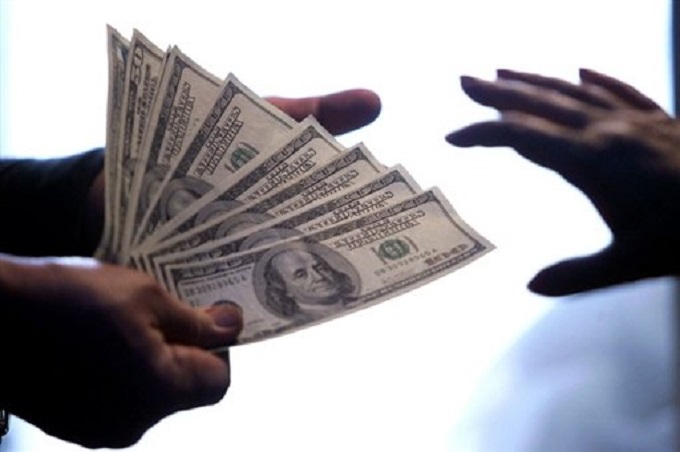Gold recovers as dollar slips
as dollar weakness, concern over euro zone sovereign debt and unrest across the Middle East region supported buying.
The metal is on track for a tenth consecutive quarter of gains, also supported by low interest rates and high liquidity in the wake of a raft of quantitative easing programmes.
But its quarterly rise is set to be its smallest since the third quarter of 2008, before the financial crisis took hold, as investors fret over the prospect of monetary tightening in the United States and the euro zone.
Spot gold was bid at US$1,428.90 an ounce at 0914 GMT, against US$1,423.38 late in New York on Wednesday. U.S. gold futures for April delivery rose US$5.20 to $1,429.00.
“Until we see a substantial decrease in liquidity or a rise in real interest rates, you would look for an upward trend, and all these other factors like the euro zone debt and Middle East, North Africa issues are also a short-term support,” said Standard Bank analyst Walter de Wet.
But he said while the bank still expects to see gold prices above US$1,500 an ounce, this is unlikely to happen before the third quarter.
“We’re unlikely to see massive new inflows into gold at the moment because people are uncertain about what the Fed’s going to do,” he said.
“We are pretty certain they are not going to change interest rates for the next three quarters at least, but they may start reducing the balance sheet.”
Investors are awaiting a report on US non-farm payrolls for March due today, considered a key indicator of the health of the US economy. Forecasts suggest the economy recorded a second month of solid job growth this month.
Signs the US jobs market is recovering could support calls from some Fed officials to wind up the central bank’s monetary easing programme earlier than expected.
“The gold market is caught on one hand between geo-political risks and inflation-hedge and sovereign risk buying, and on the other hand by growing expectations that QE2 will wind down and monetary policy will be tightened,” said HSBC in a note.
The dollar fell 0,4 percent against a basket of major currencies yesterday.
A weaker dollar makes assets priced in the US currency cheaper for other currency holders.
The euro was up 0,4 percent on anticipation of a rate hike from the European Central Bank next month, but rating agency Moody’s warned further sovereign ratings downgrades for euro zone countries cannot be ruled out.
Concerns over euro zone sovereign debt were a major factor fuelling a 30 percent rise in gold prices last year.
Oil prices also climbed, with Brent crude futures heading for their biggest quarterly gain in almost two years as violence swept across the Middle East and North Africa.
As unrest simmered in Libya, US officials said President Barack Obama had authorised covert support for rebels fighting Muammar Gaddafi.
On the supply side of the market, China’s leading mined gold producer, Zijin Mining, said it expects gold prices to rise above US$1 500 an ounce by year end, and said it plans to produce 62.57 tonnes of gold this year.
Among other precious metals, silver was bid at US$37.76 an ounce against US$37.44. Silver is on track to rise 22 percent this quarter, benefiting from gains in gold and expectations that industrial demand for the metal will improve.
The gold:silver ratio dropped to its lowest since 1983 on Thursday at 37.8 as silver out-performed gold.
Platinum was at US$1,772.99 an ounce against US$1,765.85, while palladium was at US$760.72 against US$751.78. – Reuters








Comments